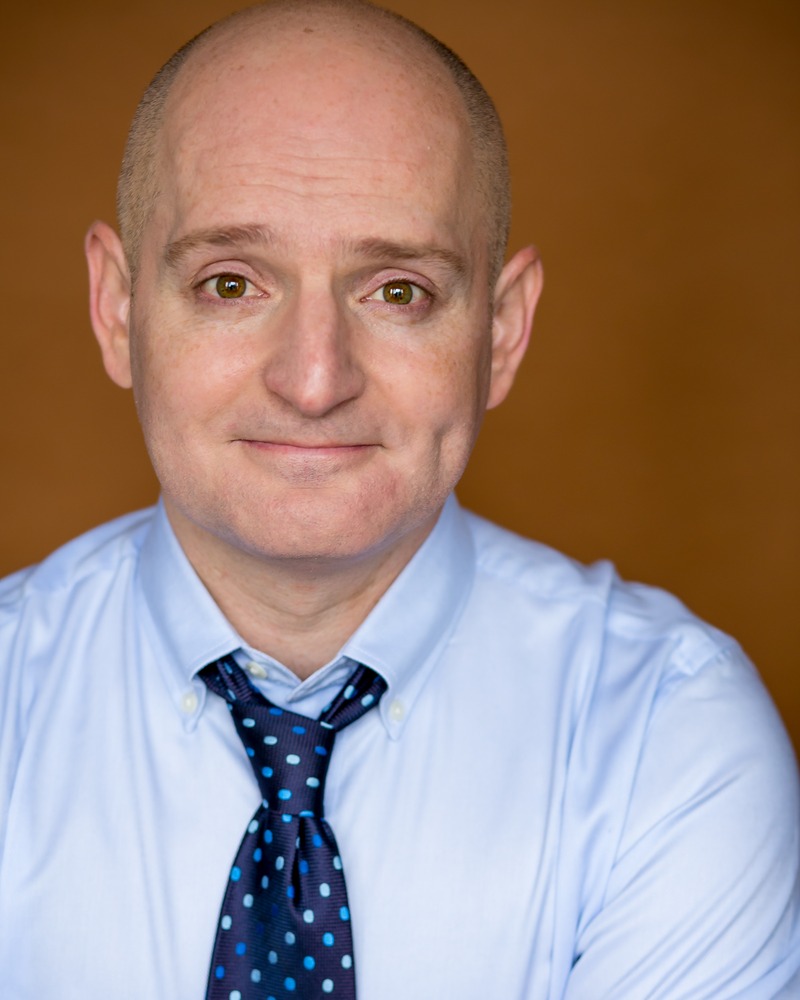Last week, I began rehearsals for Titan Theatre Company's production of The Taming of the Shrew, opening at the end of this month. In an unexpectedly exciting twist, the first read through was held at the historic club known as The Players. Over 120 years old, the club was the brainchild of famed 19th century American actor Edwin Booth, whose bedroom still exists on the upper floors of the club, reportedly untouched since his death in 1893. Quite a step back in time, let me tell you. Along with its incredible roster of famous past members, The Players is also noted for being the location at which Actor's Equity was covertly formed.
We turn now to another of the Academy's picks from 1959 for Best Picture...
The Diary of Anne Frank
Director:
George Stevens
Screenplay:
Frances Goodrich and Albert Hackett
(based on their play, which was based on "The Diary of a Young Girl" by Anne Frank)
Starring:
Millie Perkins, Joseph Schildkraut, Shelley Winters, Richard Beymer, Gusti Huber, Lou Jacobi, Diane Baker, Douglas Spencer, Dodie Heath, Ed Wynn
Academy Awards:
8 nominations
3 wins, including Best Supporting Actress (Winters)
Based on the famous diary itself, The Diary of Anne Frank recounts the story of a young Jewish girl (Perkins) in Amsterdam who spends two years hiding from the Nazis in a small attic above a spice factory. Sharing the cramped quarters with her are her parents, Otto (Schildkraut) and Edith (Huber), and her sister Margot (Baker), along with Mr. and Mrs. Van Daan (Jacobi & Winters) and their teenage son Peter (Beymer). The claustrophobic living space causes many a strained relationship, compounded even further when they also take in Mr. Dussell (Wynn), a sullen old man who seems to get on everyone's nerves. Anne finds solace in her diary, reporting on the disagreements among her cohabitants, the near misses when Nazi officers search the building, and her budding relationship with Peter.
The Diary of Anne Frank is that rare example of a seemingly incompatible genre mash-up, the coming-of-age Holocaust movie. Interestingly, the focus on Anne's adolescent journey makes the story feel somehow less tragic than most films that tackle this subject matter. Not because it's not tragic, because it is, and I'll get to that later, but because there are several moments of sweetness and charm as Anne deals with her burgeoning romantic feelings, as well as the usual teenage angst and confusion.
In fact, the love story subplot is a clever misdirection, aiding in distracting us from the tragedy at hand, as it does for the parties involved. Mind you, it is a little disconcerting how maturely this romance is presented, complete with orchestral themes that seem more appropriate for a sweeping epic love story, full of passion and lust, rather than a teenage flirtation.
Adding to the misdirection is the story's unflinching use of humour, at times approaching downright silliness, provided mostly by Shelley Winters and Lou Jacobi. Not until Life Is Beautiful has humour been used to more effect in a Holocaust picture.
On the whole, however, The Diary of Anne Frank is undoubtedly tragic, despite its periodic moments of light-heartedness. The stakes are constantly as high as they could possibly be, several sequences piling on the tension. The scenes in which the hidden families remain utterly silent as an intruder pokes about downstairs are breath-holding indeed.
Millie Perkins (pictured) as the titular diarist is adorable, which assists in making the story more charming while simultaneously making it all the more tragic. Joseph Schildkraut (a previous Oscar winner for The Life of Emile Zola) brings the perfect blend of authority and compassion as the Frank patriarch. Serving as the comic relief for the majority of the picture are Shelley Winters, earning her first Oscar here for Best Supporting Actress, and Lou Jacobi, both very effective once you get past the oddity of a Dutch couple with New York accents. Ed Wynn was also nominated by the Academy for his curmudgeonly performance of Mr. Dussell.
Thursday, May 10, 2012
Subscribe to:
Post Comments (Atom)

.jpg)





Even if one didn't know the story of Anne Frank, the framing device of Mr. Frank coming back after the end of the war pretty much spelled out the fate of the characters. In a way, this kept the tragedy of the story in focus when the picture veered into the coming of age story and numerous scenes of group dynamics. Of course, the constant fear of being discovered also kept the audience on edge.
ReplyDeleteGeorge Stevens wanted to film in standard academy aspect of 1.33:1 to emphasize the claustrophobic nature of the setting, but was over-ruled. Crafty director as he was, he simply often used his set design to place room walls and columns to squeeze the frame (his own version of pillar-boxing.)
There was considerable controversy over the casting of Millie Perkins in the title role. I don't think she was the best choice, perhaps too pretty and inexperienced, but she did capture the self-indulgent world of the budding teenager pretty well. I think that Susan Strassberg would have been a better choice. Interestingly, Perkins and older sister Diane Baker were only weeks apart in real age.
Joseph Schildkraut gave a fine performance. His distinctive staccato vocal characteristics were evident. I can't help but see him as the underhanded Vadas from The Shop Around the Corner, no matter what picture he is in. Likewise, I can't watch Lou Jacobi without hearing his "so, did you schtup her? line to Peter O'Toole in My Favorite Year.